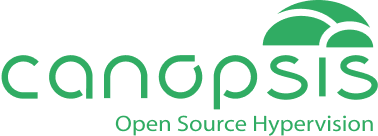Monitoring and hypervision are two terms which, although similar at first glance, have very different meanings. Understanding these two concepts and how they complement each other can help you better manage your information system and optimize its performance.
Supervision: an essential set of monitoring tools
Definition
IT supervision can be defined as the monitoring and control of a specific IS perimeter. It monitors the performance and health of equipment, applications and services in real time to detect potential problems.
It is an essential component of a company’s IT ecosystem for efficient IT infrastructure management.
Benefits
Firstly, it enables incidents to be detected quickly and resolved before they become critical. It also improves service availability and reliability.
Another important point is that IT monitoring reduces maintenance costs by preventing breakdowns and optimizing the use of resources.
The transition between monitoring and hypervision
Prometheus, Zabbix, Icinga, Nagios… There are many different types of monitoring software on the market, and they can all coexist within the same company.
But this multiplication is not without its problems. Too many tools can lead to operational complexity, an increase in irrelevant alerts and, more generally, a lack of global visibility.
This is where IT supervision reaches its limits, and where hypervision is called for.
Hypervision, the information system control tower
Definition
Hypervision is an advanced form of monitoring that provides 360° IS visibility.
It centralizes all data from infrastructure, application and repository monitoring solutions, while providing links to other IT service management (ITSM) tools.
Hypervision can also process the events received (filtering, enrichment, etc.) and carry out actions (correlation, remediation, etc.) automatically or otherwise.
Lastly, it enables this information to be rendered in a variety of forms (alarm bins, reports, maps, etc.).
Benefits
Firstly, hypervision monitors the entire IS in real time. Problem identification is simplified for rapid, or even immediate, intervention.
Data collection within the solution also offers in-depth performance analysis and proactive resource management to optimize costs.
The final advantage of hypervision is long-term strategic planning, providing visibility on future trends and developments.
Monitoring and hypervision: the final word?
In conclusion, hypervision is a powerful tool that perfectly complements traditional monitoring. By combining these two synergistic components, companies can guarantee maximum availability of their information systems and optimize operating costs.
But hypervision is no longer alone at the pinnacle of supervision and monitoring. In recent years, a new concept has emerged: observability.
Observability can be defined as the ability to measure the various internal states of an IS using only data from its sensors. It takes information from hypervision (i.e. supervision) and supplements it with data from logs/traces and metrology.
We’ll tell you more in the next article 😉

